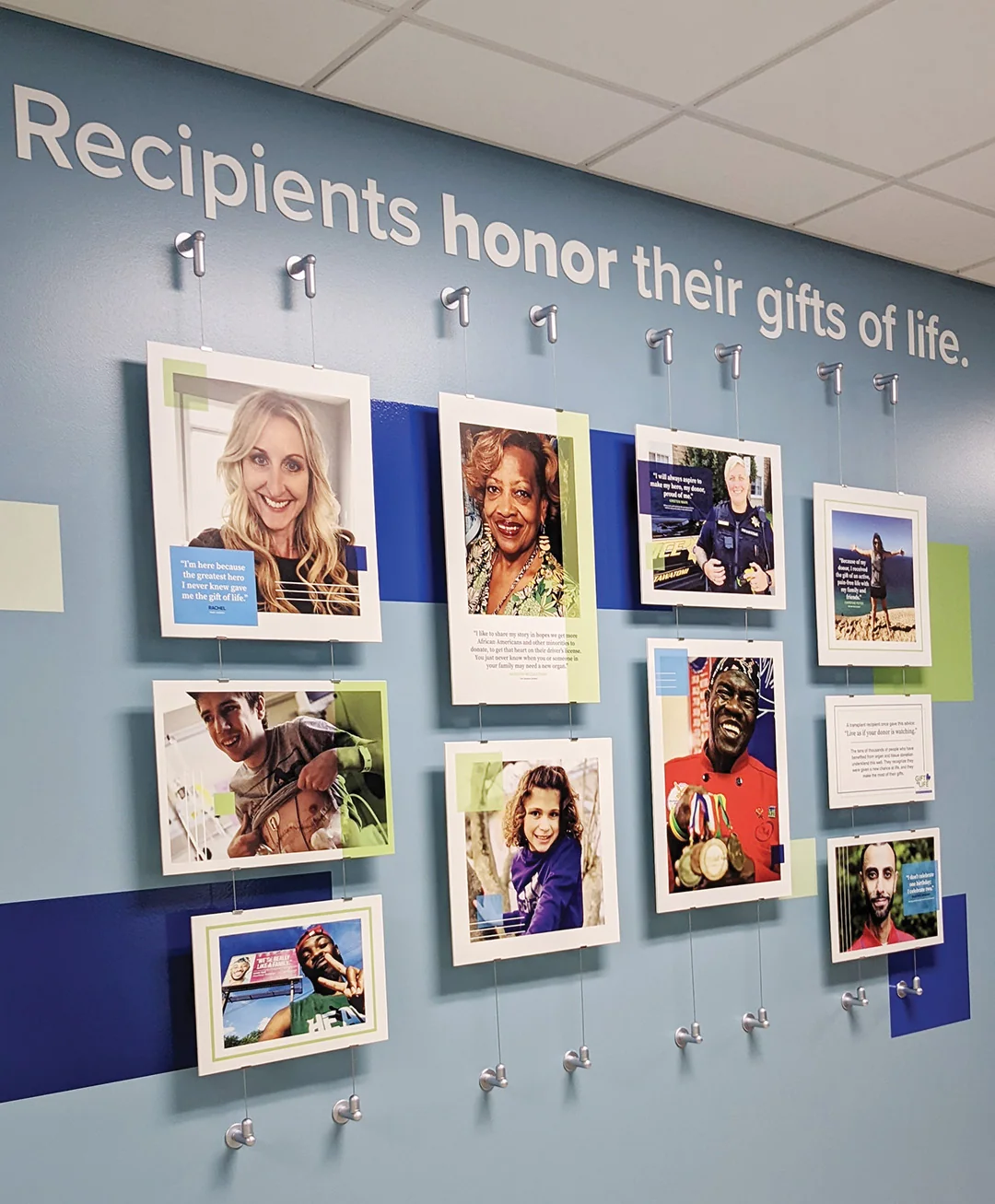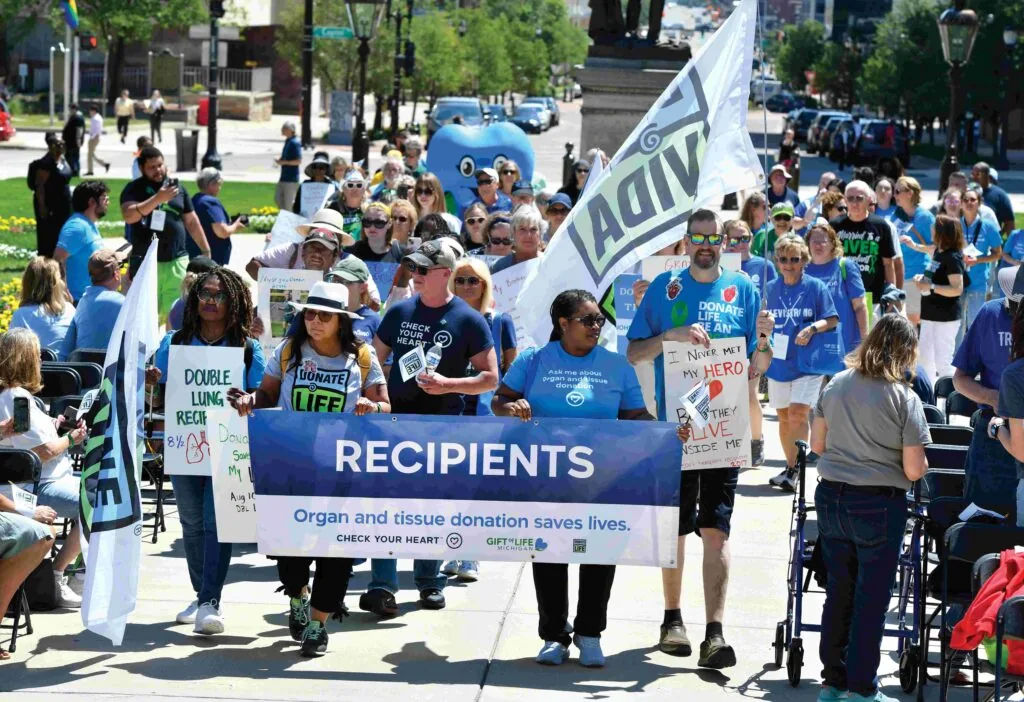From President and CEO Dorrie Dils
Regulations pull donation and transplantation in opposite directions, resulting in thousands of unused organs
Recent news has highlighted the growing number of transplant patients being skipped on the waiting list; even as donated organs go unused. The root cause is a misalignment of federal regulations governing organ donation and transplantation. The government must act swiftly to resolve this issue and save more lives.
The stakes have never been higher. More than 104,000 Americans are waiting for life-saving transplants, and many will not survive. As President of the Association of Organ Procurement Organizations (AOPO), I take pride in our work to honor donors and their families. However, federal regulators are pulling the system in opposite directions: Organ procurement organizations (OPOs) are pressured to recover more organs, while transplant centers risk penalties if patient outcomes fall below near-perfect standards. This results in a growing number of unused organs.
Despite these challenges, OPOs have driven a 33% increase in deceased donor organ recoveries — from 42,989 in 2020 to 56,981 in 2024. This has helped reduce waiting list deaths by 27%. Still, two critical issues must be addressed: rising organ nonuse and reliance on rescue pathways to place organs outside traditional waiting list protocols.
Organs that go unused
In 2023 alone, 8,750 kidneys were recovered but not transplanted, despite being offered 26 million times to transplant centers. OPOs are making organs available, but transplant centers often decline them due to concerns about post-transplant outcomes. Regulatory changes have also overwhelmed centers with more choices, making it harder to quickly match organs to patients.
This inefficiency underscores the need for modernized technology in organ allocation. The system is outdated, underfunded and inefficient. A better, data-driven national matching system could reduce organ nonuse and ensure more transplants.
Organ rescue pathways

Rescue pathways allow OPOs to place organs quickly in emergency cases, bypassing those higher on the list. While imperfect, this process prevents viable organs from being wasted. A recent New York Times story criticized this practice but failed to highlight a crucial fact — many patients who died had been offered organs their transplant centers declined. Research shows kidney patients who died waiting were offered a median of 25 kidneys that were ultimately transplanted into others lower on the list.
Transparency is a major issue. Most patients don’t know when their transplant centers decline organs on their behalf.
Addressing disparities
Transplant disparities persist, disproportionately affecting people of color. A 2022 study requested by Congress recommended policy changes to promote equity, including modernizing matching algorithms. The current system disadvantages patients with fewer financial resources, who may struggle to get on the waiting list at multiple centers, stay current with required testing, or travel quickly for a transplant.
Steps to a functioning system
The federal government must align regulations. The Health Resources and Services Administration (HRSA) is the only entity with the authority to fix the system, yet OPOs and transplant centers are still asking for guidance.
Efforts to address organ nonuse and rescue pathways were halted by HRSA last year.
OPOs should not be punished for making more organs available, nor should transplant centers be discouraged from expanding transplantation access. Instead, transplant centers should be incentivized to accept more medically viable organs.
Immediate reforms include:
- Fixing outdated policies that create misaligned incentives.
- Supporting collaboration instead of dismantling it, as was done in 2024.
- Investing in modernized technology to optimize organ matching.
- Enhancing data collection through the Organ Procurement and Transplantation Network (OPTN).
- Increasing transparency so patients know why organ offers are accepted or declined.
We have made progress, but now we must finish the job. Every donated organ should save a life.









